How the first black Barbie got her ‘dynamite’ style
In Greta Gerwig’s much-anticipated “Barbie” movie, which opens in theaters Friday, “Insecure” actress Issa Rae brings some black power to the iconic doll’s pink world as President Barbie.
But it was another African-American woman, Louvenia “Kitty” Black Perkins, who designed the first black Barbie — released in 1980 in a box that touted “She’s black! She’s beautiful! She’s dynamite!”
Rather than the long, straight blond tresses and pastel-colored fashions of the traditional white Barbie, the brown-skinned beauty rocked short, curly black hair and a glittering red dress complete with matching dangling earrings.
“Everything Barbie [typically] was, I wanted to do the opposite,” Black Perkins, now 75 and living in Los Angeles, told The Post. “I knew exactly how black women wear their hair, how their clothes were different from … all of Barbie’s ballgowns.
“Basically,” she continued, “I wanted my black Barbie doll to look more like me.”
Although Mattel had introduced Christie doll as Barbie’s friend in 1968 — and Cara would follow her in the ’70s — this was the first time an African-American bore the name of the leading lady herself.
Not relegated to being an “accessory to Barbie,” this was a main character creation that Black Perkins made on her way to becoming chief designer of the fashion doll line in the mid-’80s.
Coming 21 years after Barbie made her debut in 1959, it was a barrier-breaking move for Mattel as doll demand was changing.
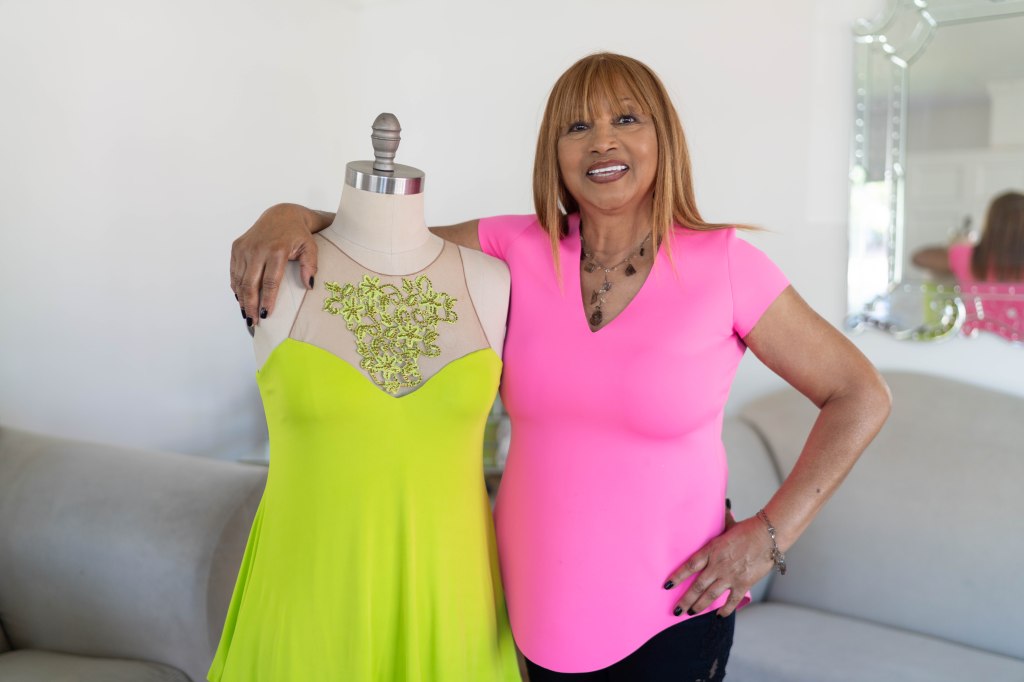
“The collectors are the ones that really made a difference because every convention that they had, they were looking for black dolls,” said Black Perkins. “So with that input, Mattel was more in tune with me doing a black Barbie doll.”
Growing up in segregated Spartanburg, South Carolina, in the ’50s, Black Perkins had little experience toying with three-dimensional dolls of any kind.
“I did play with dolls, but it was mainly paper dolls because we couldn’t afford a lot of dolls and toys,” she said.
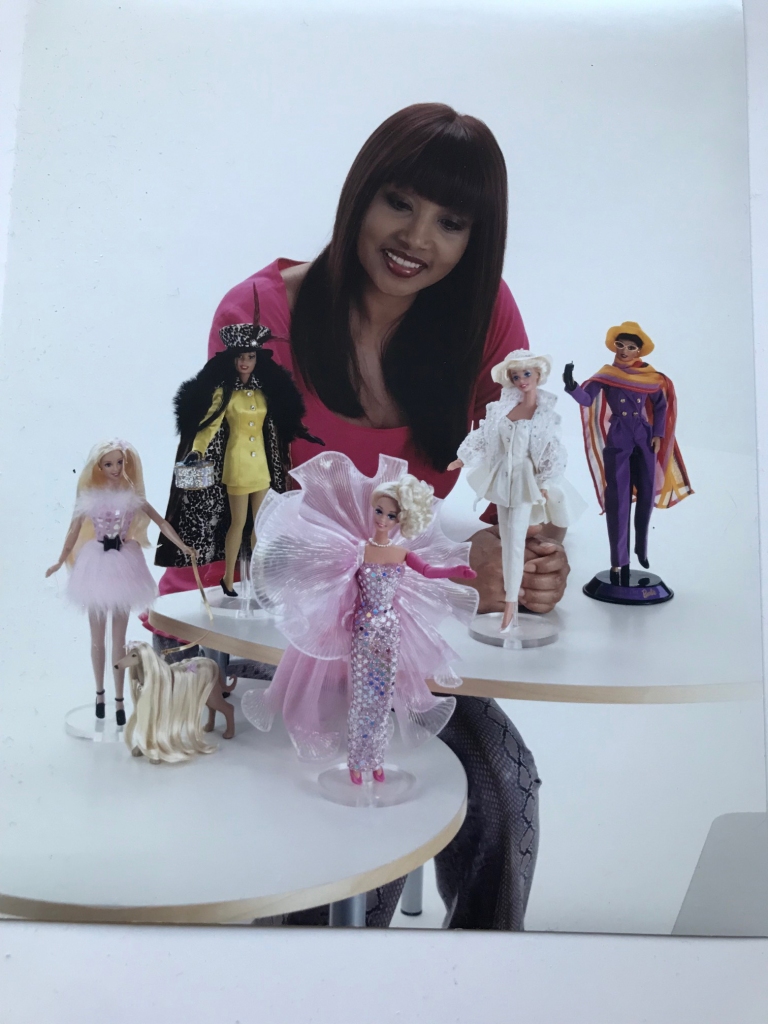
As the middle sibling of seven, the young seamstress got her fashion sense from her father, Luther Black. “He was just so sharp,” said Black Perkins. “If he would have on a light blue suit, he would have light blue shoes, a light blue hat.”
After studying fashion design at Los Angeles Trade-Technical College, Black Perkins worked in the industry for about six years before she got an interview for an assistant designer position at Mattel in 1976.
“Then, I went out and purchased my first Barbie doll,” she said. “And instead of making one outfit, I made six. The vice president of the company hired me on the spot. And on top of that, the six outfits I brought in — they put them in the line that year.”
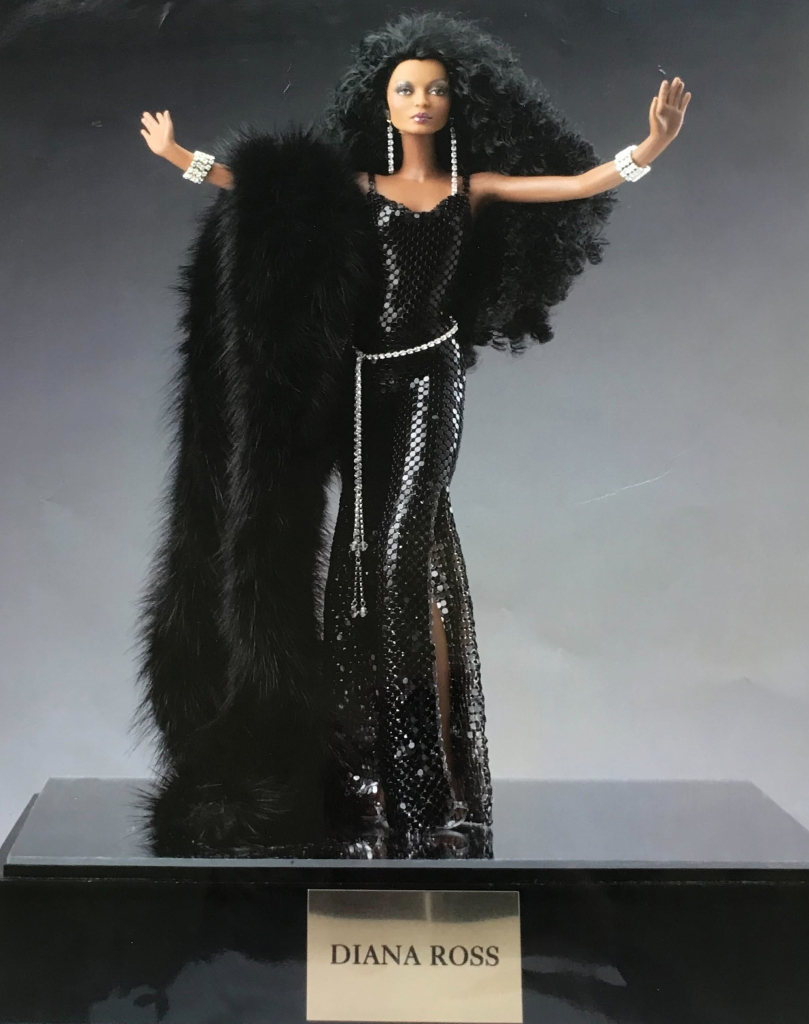
Three years later, in 1979, Black Perkins began work on the toy company’s first black Barbie. “I had a person that was in the hair department, a sculptor, a face painter, and most of their direction would come from me because I was black,” she said.
Diana Ross — one of the first big pop superstars at the time — was a major source of inspiration.
“I loved the way that Diana would look when she was onstage, and her designer was Bob Mackie,” said Black Perkins. “And so I wanted that feel to it.”
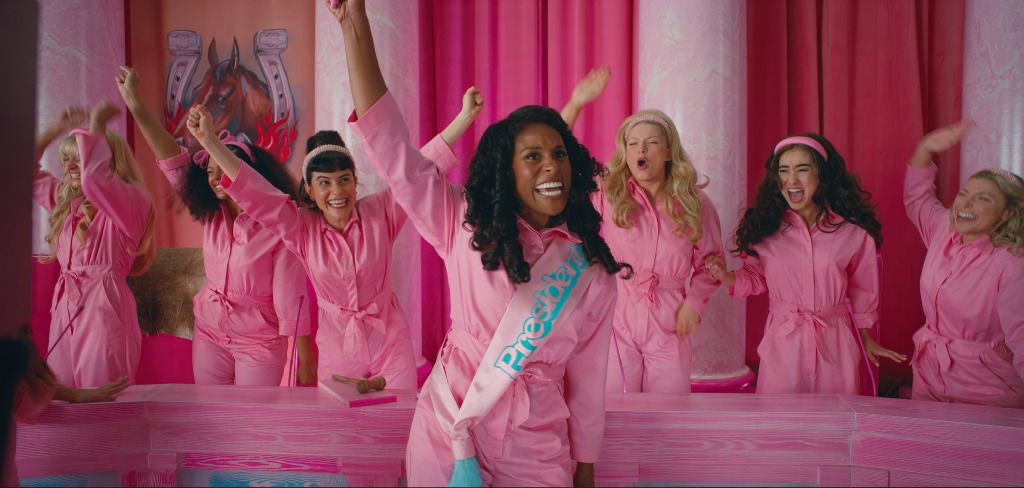
But the groundbreaking Barbie was not embraced by everyone in the black community. “We did a lot of market research, and the first thing the moms wanted to know was, ‘Why does she have to have short hair?’” recalled Black Perkins. “And with the skin color, I kind of went in between real dark and real light, but I still got criticism about that as well.”
However, the doll was a big hit with little black girls. “Their reaction was ‘Oh, she looks like me!’ Which was the intent.”
Black Perkins would go on to design the Afrocentric Shani line of dolls that were later introduced. Meanwhile, black Barbie would be updated with collector’s editions for special anniversaries, most recently for her 40th in 2020.
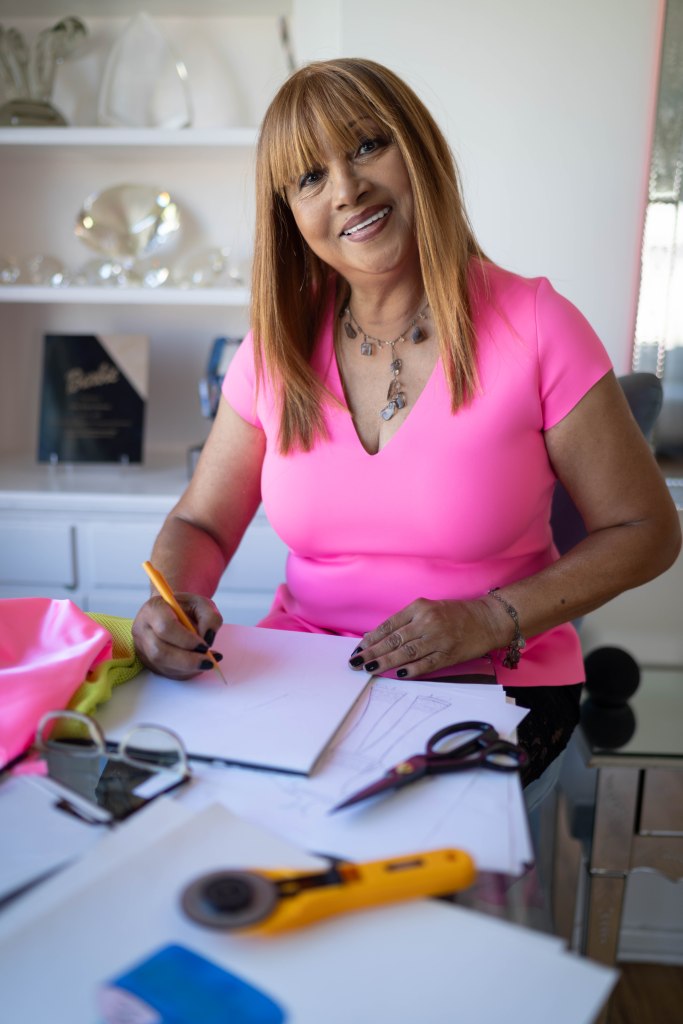
While Black Perkins retired from Mattel in 2003, the divorced mother of two hasn’t hung up her sewing machine. She launched a line of embellished jeans worn by the likes of Gladys Knight and now also does custom alterations.
And she looks back on her years at Mattel with pride in helping black women be seen — both in corporate conference rooms and on toy store shelves.
“When I started at the company, there were very few black people,” said Black Perkins. “So, it had its challenges. But it was so much fun. I mean, it wasn’t like working — it was like playing.”
Read the full article Here


